Grants
-
Simulating How Big Waves Impact Shorelines
The crash of waves on the beach to many is the picture of peace and relaxation, but it’s also an important moment in the surrounding landscape. Known as the swash zone, where waves run up the face of the beach, this area is where crucial sand movement occurs, shaping the world’s coastlines over time and impacting flooding and other weather events.
-
Cockrell Battery Experts Team with John Deere to Electrify Farm and Construction Vehicles
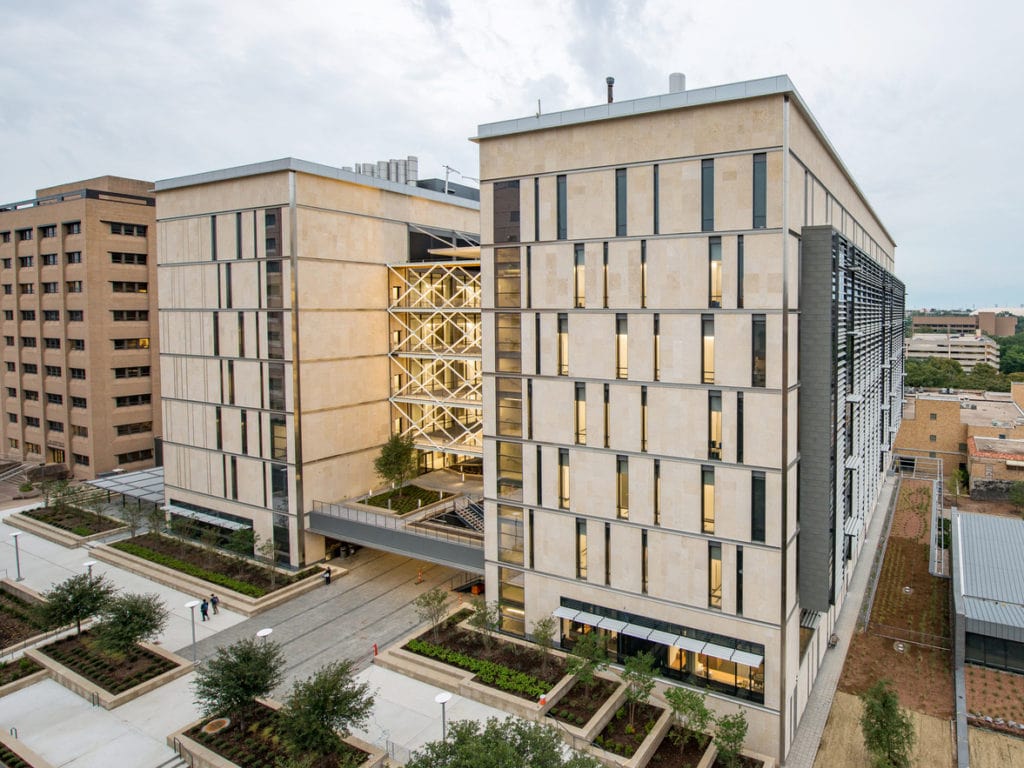
Texas Engineers are working with John Deere to develop technologies to electrify agriculture vehicles like tractors.
-
Texas Engineers Receive Funds Through Joint French Science Program
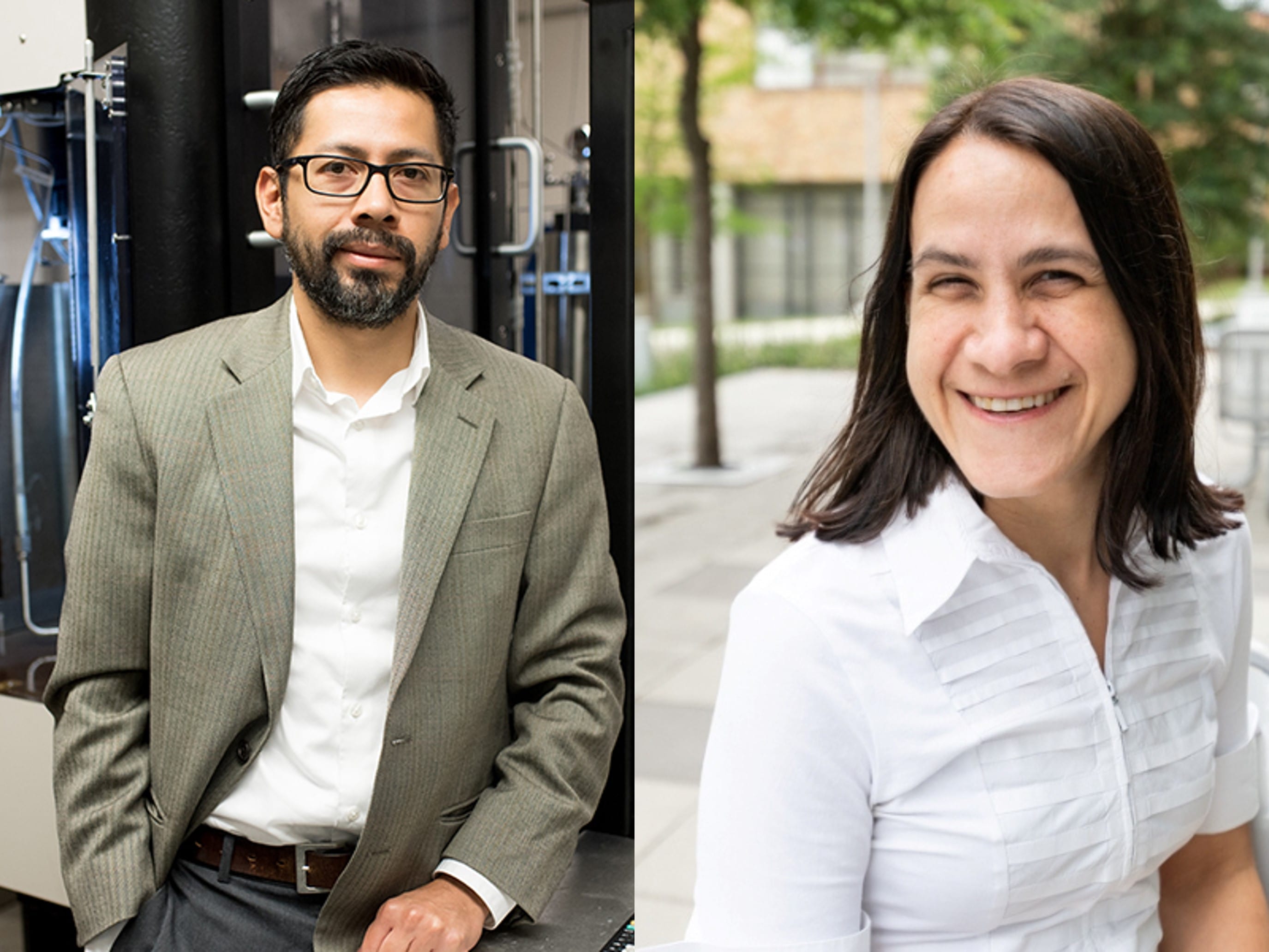
A pair of Texas Engineers are teaming up with scientists from France as part of a six-year-old collaborative research program.
Delia Milliron and D. Nicolas Espinoza were among the 2023 awardees of the Dr. Cécile DeWitt-Morette France-UT Endowed Excellence Fund.
-
Cockrell Seed Grants Aim to Broaden Participation in Engineering
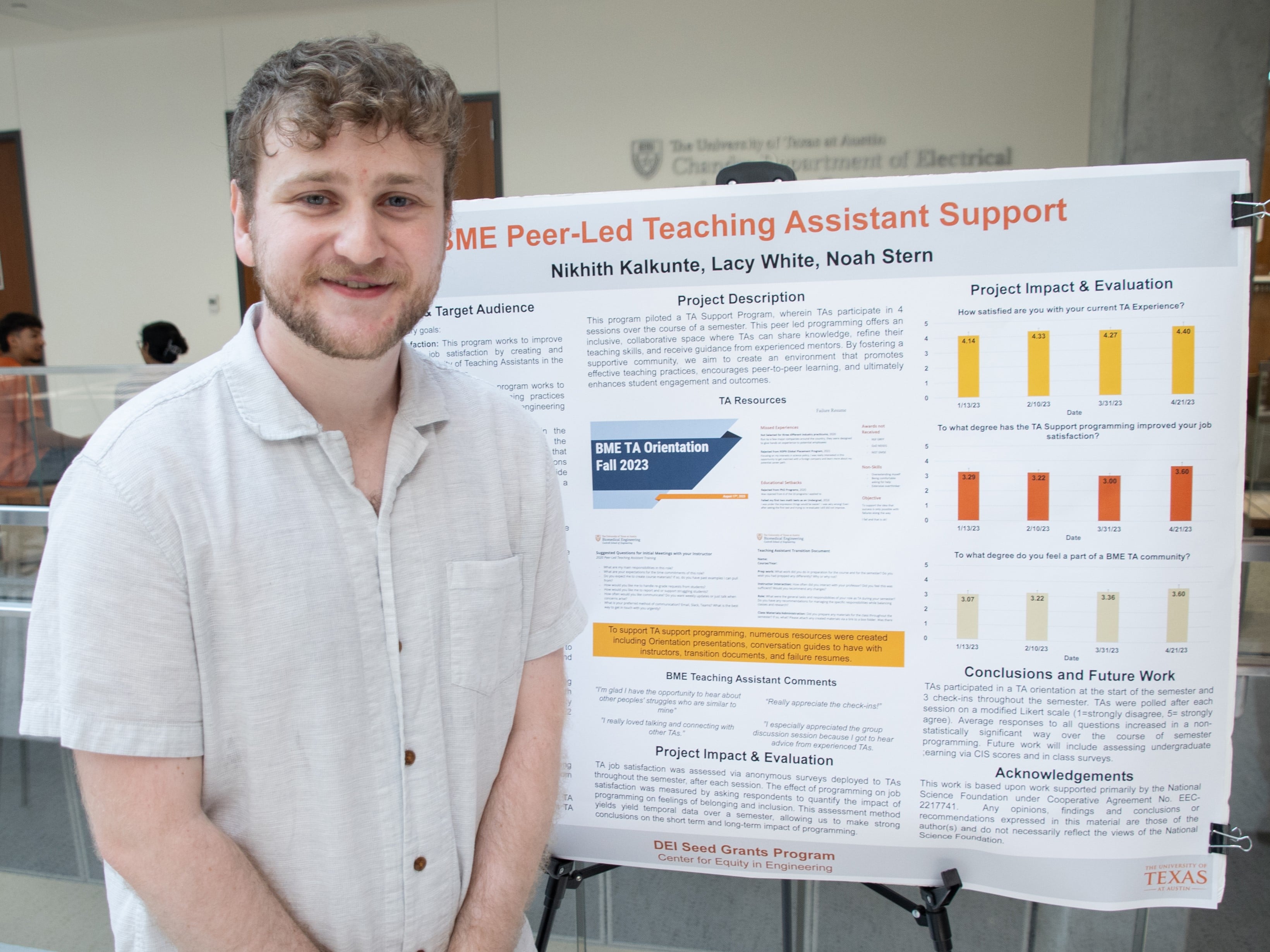
Fourteen student- and staff-led projects are part of the second year of the Cockrell School Seed Grants program. The program, which is an initiative under the NSF-funded Center for Equity in Engineering, supports projects that aim to promote broadening participation with the Cockrell School of Engineering.
-
AI-Powered Civil Engineering: New NSF-backed Community Aims to Transform U.S. Infrastructure
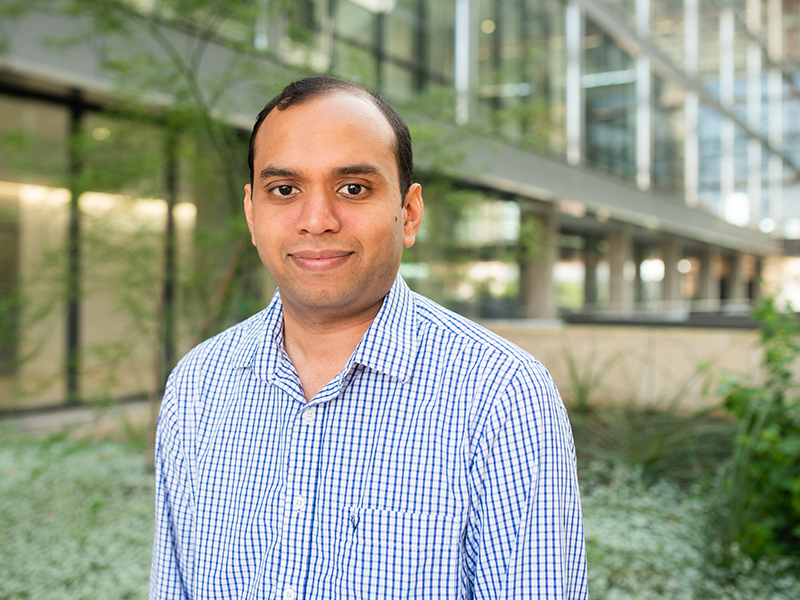
Texas Engineers are creating a new community to unite civil engineers, cyberinfrastructure professionals and experts in artificial intelligence to better understand and protect our virtual and physical infrastructure.
-
New Grant Aims to Gain Control Over Disordered Materials

A new class of designer gels is on the way, potentially packed with a combination of properties that have traditionally been mutually exclusive to either stiff or soft materials.
-
Texas Engineers Land Semiconductor Grants Through CHIPS Act-Backed NSF Program
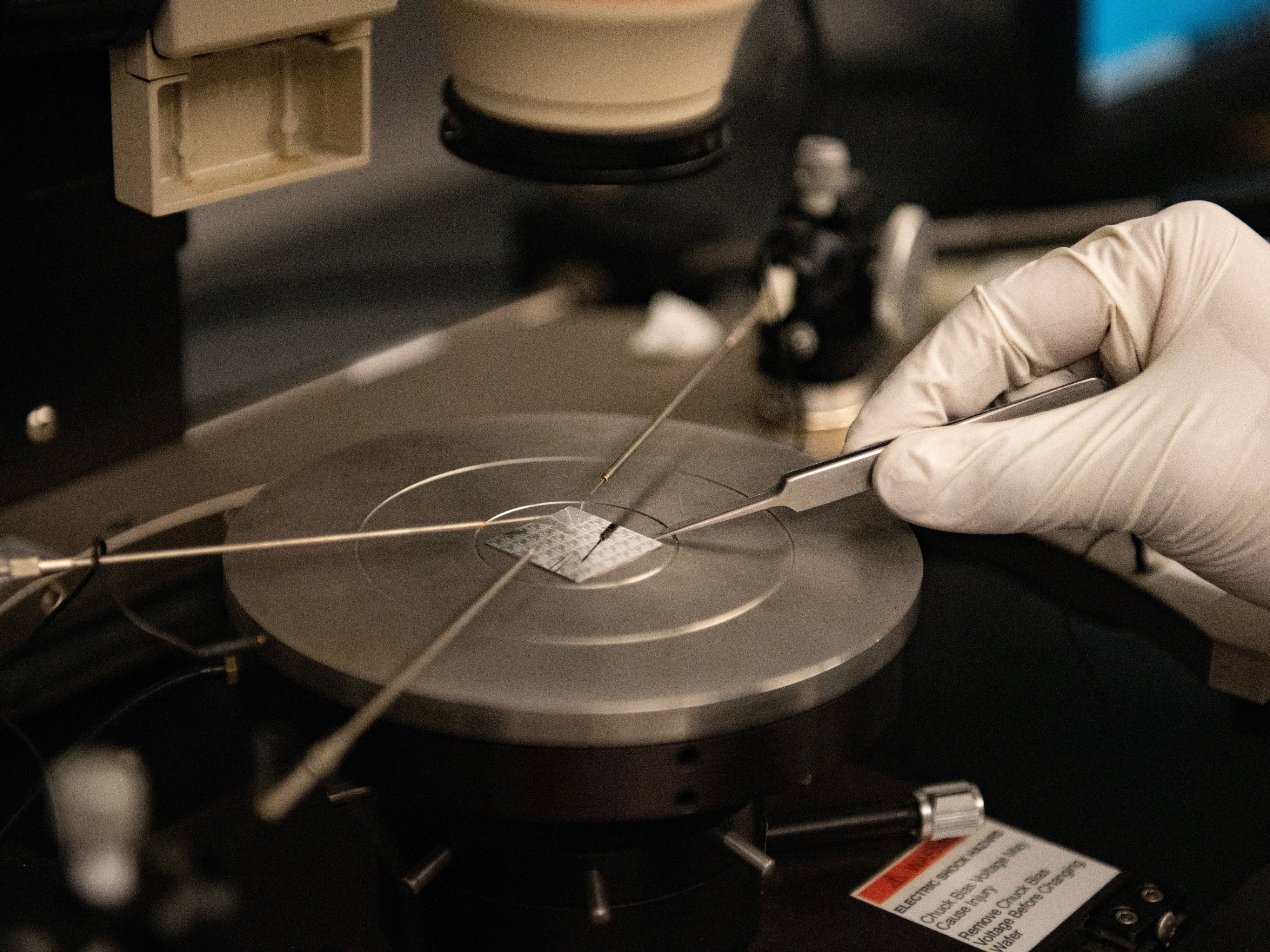
A pair of Cockrell School research teams are part of a massive semiconductor grant program from the National Science Foundation that includes funds from industry leaders and the federal CHIPS Act.
-
Texas Engineers Lead Cislunar Space Research Coalition
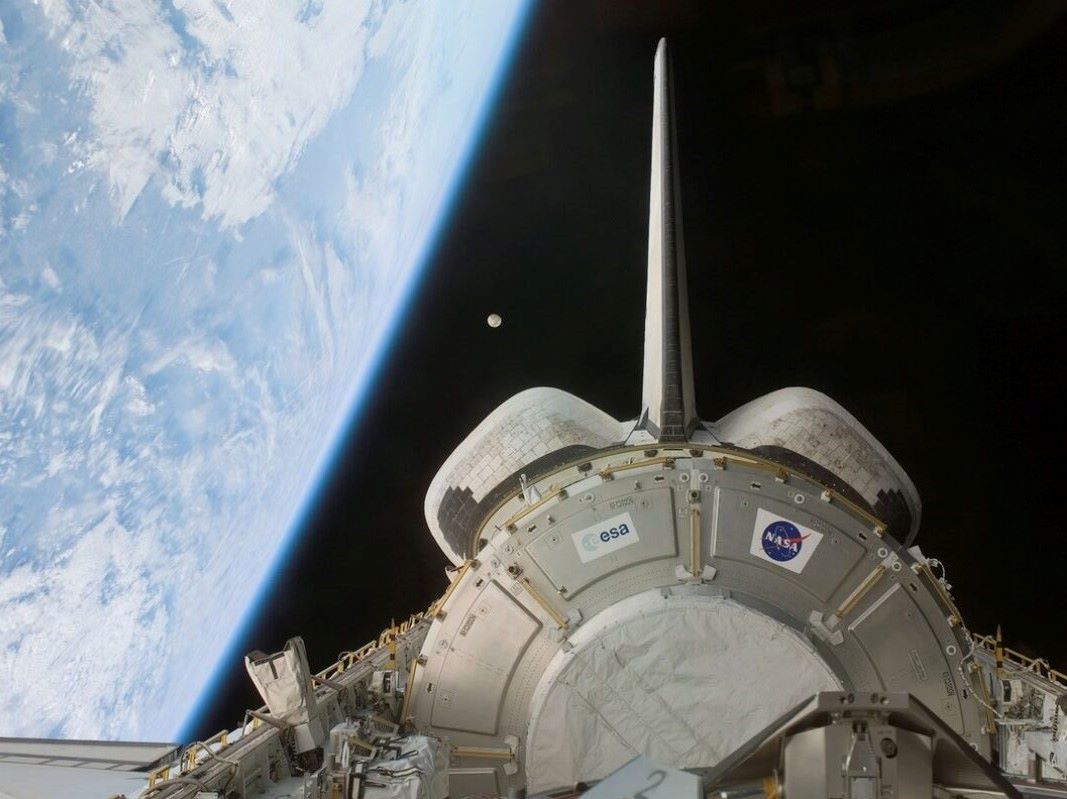
The University of Texas at Austin will spearhead a groundbreaking research collaboration to advance the U.S. Air Force’s ability to understand and monitor activity in cislunar space. The project itself, officially named the “Representations, Theory, and Algorithms for Autonomous Space Domain Awareness in the Cislunar Regime,” seeks to tackle the intricate complications of monitoring and controlling activities within the expansive region between Earth and the moon.
-
The Future of Materials Is One Step Closer
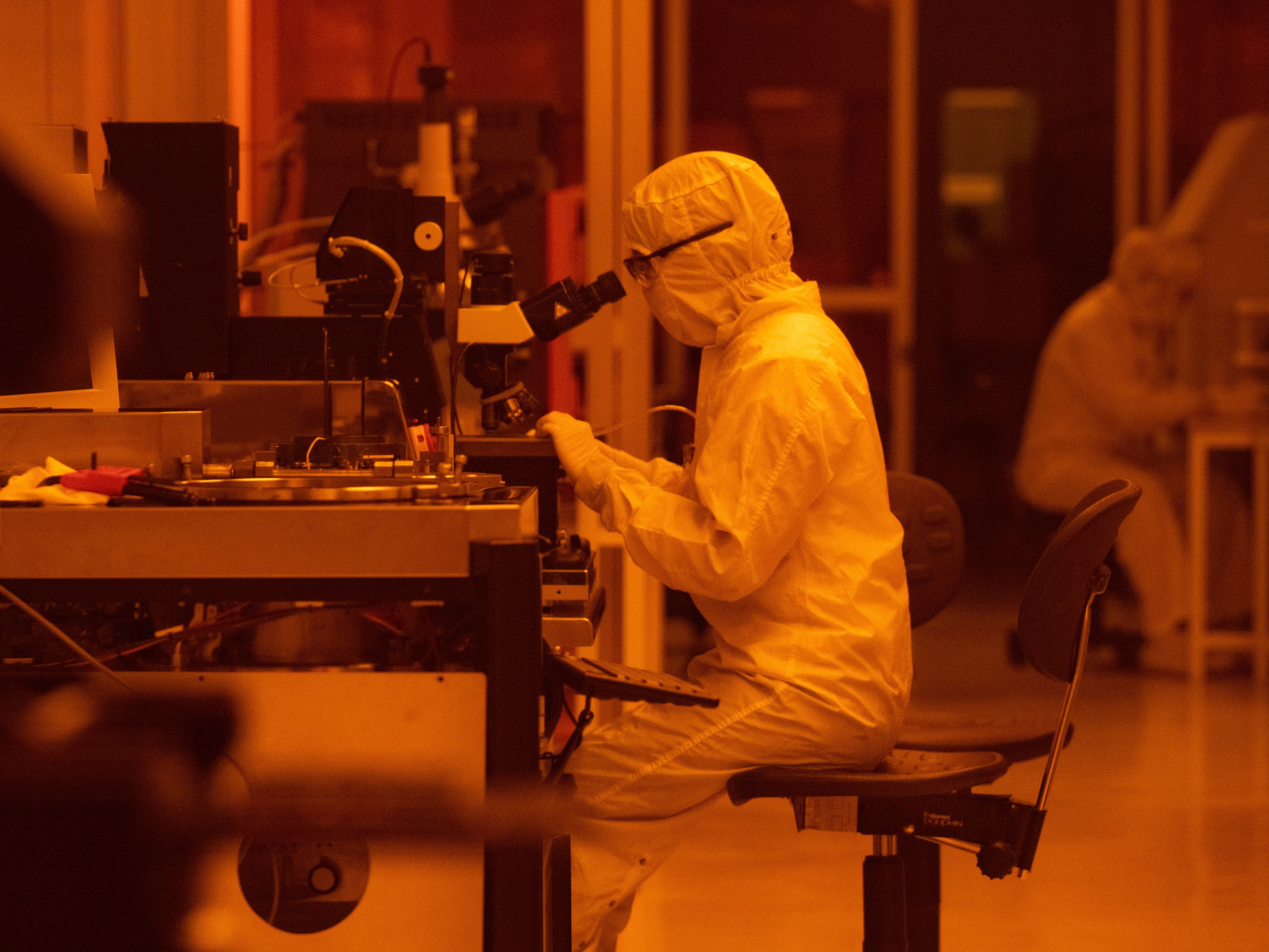
A technological leap sits on the horizon, with exciting capabilities like quantum computing, soft robotics and more coming down the pike. To bring these ideas to reality will require engineering new classes of materials that make up their building blocks.
The Center for Dynamics and Control of Materials at The University of Texas at Austin has been on the leading edge of materials development for the past six years. With a fresh infusion of funding from the National Science Foundation (NSF), the center will turn its attention to new research thrusts that will bring to life materials with enhanced properties and capabilities.
-
New Research Aims to Fix Machine Learning’s Struggle with Uncertainty

When new technology meets the real world, dynamic challenges threaten to derail progress, like a self-driving car that struggles to perceive rapid changes in the environment and adjust.
-
Eliminating CO2 Emissions from Manufacturing the Goal of Major Research Alliance

An alliance of nine universities, three national labs and 37 companies will tackle one of the biggest hurdles to decarbonizing manufacturing: carbon dioxide emissions from generating process heat.
Researchers at The University of Texas at Austin will play a significant role in the effort that aims to replace the energy source that powers most manufacturing processes, swapping out hydrocarbon fuels for clean electricity – generated through renewable sources such as solar and wind. Doing this could make a major impact, as manufacturing represents more than 30% of U.S. carbon dioxide emissions.
-
Chest E-Tattoo Boasts Major Improvements in Heart Monitoring
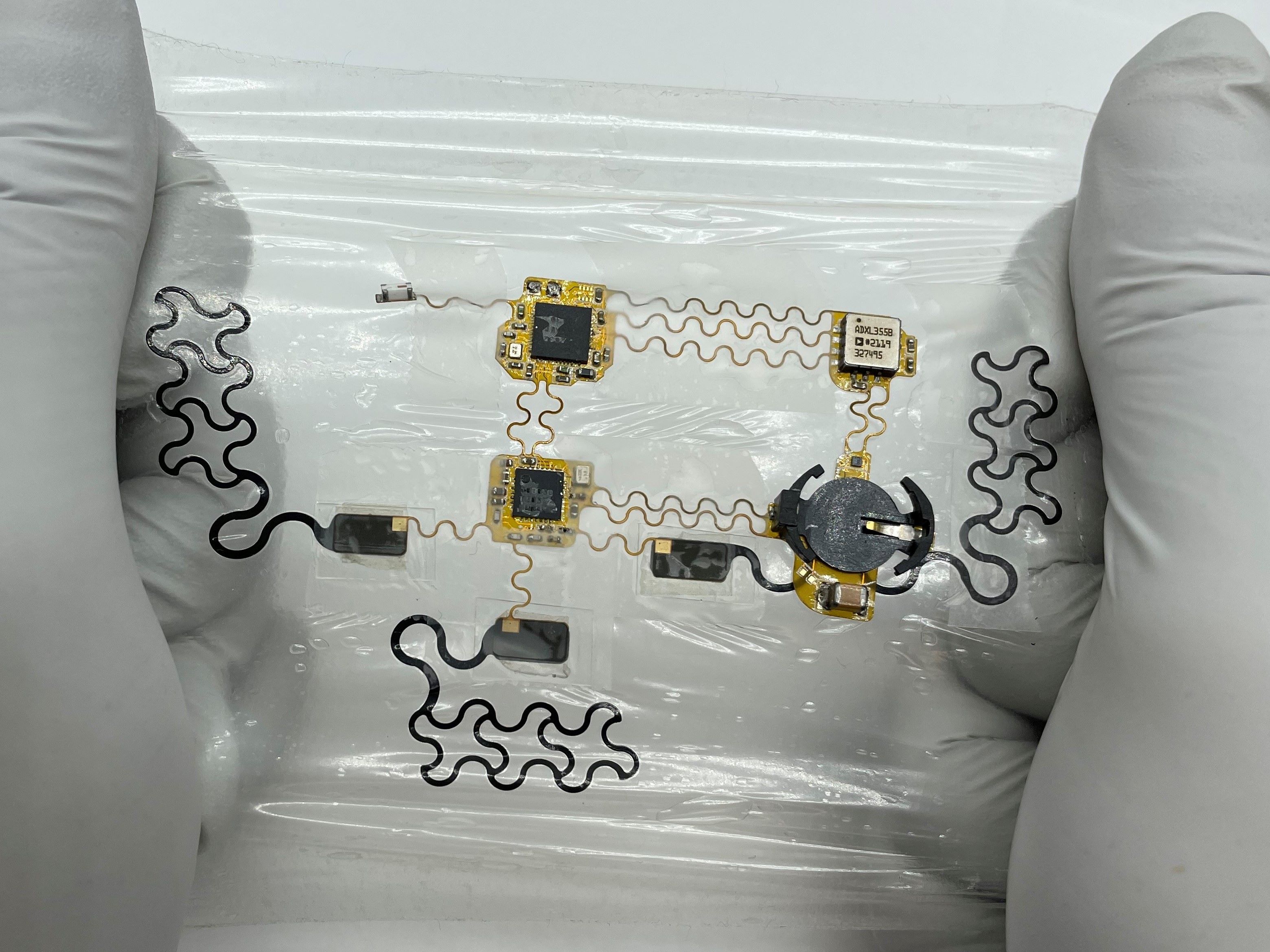
A new flexible, wearable medical device could provide a major boost in the fight against heart disease, the leading cause of death in the United States.
A team led by researchers at The University of Texas at Austin has developed an ultrathin, lightweight electronic tattoo, or e-tattoo, that attaches to the chest for continuous, mobile heart monitoring outside of a clinical setting. It includes two sensors that together provide a clear picture of heart health, giving clinicians a better chance to catch red flags for heart disease early.
-
Researchers Eye New Ways to Prevent Agricultural Pests from Entering U.S.

Anyone who's traveled internationally is familiar with this standard question upon returning: "Did you bring back any fruits or vegetables?" This has to do with a larger effort from the U.S. government to prevent agricultural pests from entering the country within cargo shipments or passenger baggage, potentially threatening the nation's crops.
-
Dynamic Events in Thick Tissue are Nearly Impossible to Image; Texas Engineers Aim to Change That
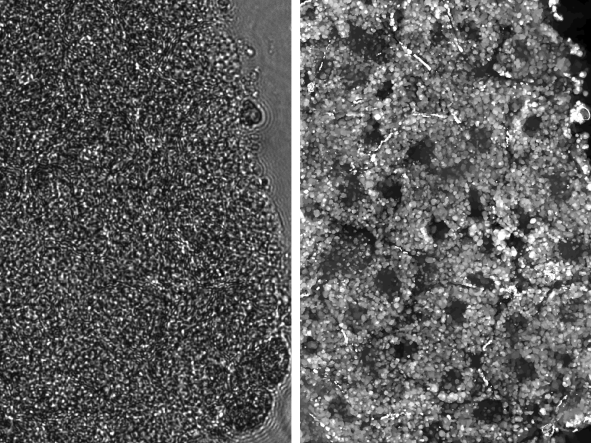
Today's state-of-the-art optical imaging technologies can help us see biological dynamics occurring at subcellular resolutions. However, this capability is primarily limited to thin biological samples, such as individual cells or thin tissue-sections and falls apart when it comes to capturing high-resolution, three-dimensional images of thicker and more complex biological tissue. This limitation occurs because tissue is composed of heterogeneous arrangements of densely-packed cells, which scatter light and hinder optical imaging. This is especially a challenge in live tissue, where biological dynamics occurring within the tissue further diffuse light and scuttle images.
-
New Transportation Research Center to Focus on Travel Behavior and Demand

The University of Texas at Austin is leading a new multi-university transportation research hub that will focus on evolving travel behaviors in the wake of technological advances and ongoing shifts in work habits.
The Center for Understanding Future Travel Behavior and Demand at UT Austin will execute what it calls the “Transportation Heartbeat of America Survey” to collect longitudinal data from people, institutions and businesses about changes in travel patterns. The goal is to emphasize a more people-centric approach to mobility analysis to ensure safe, reliable, equitable and sustainable travel on surface transportation systems.
-
First-ever DEI Seed Grants for Texas Engineering Students and Staff
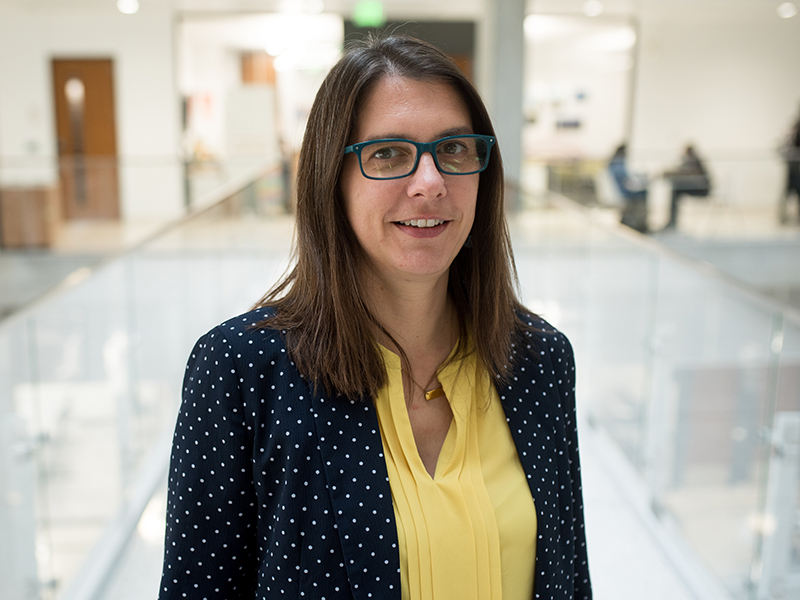
A dozen student and staff-led groups will be part of the first cohort of Diversity, Equity and Inclusion Seed Grants from the Cockrell School of Engineering.
This program, which is part of the National Science Foundation-funded Center for Equity in Engineering, will support seed grants of $3,000 to $5,000 for DEI-focused projects. While faculty are allowed to participate, students, post-doctoral researchers and staff must be the project leads.
-
Researchers Aim to 3D Print Kids Breathing Masks and Other Complex Medical Devices
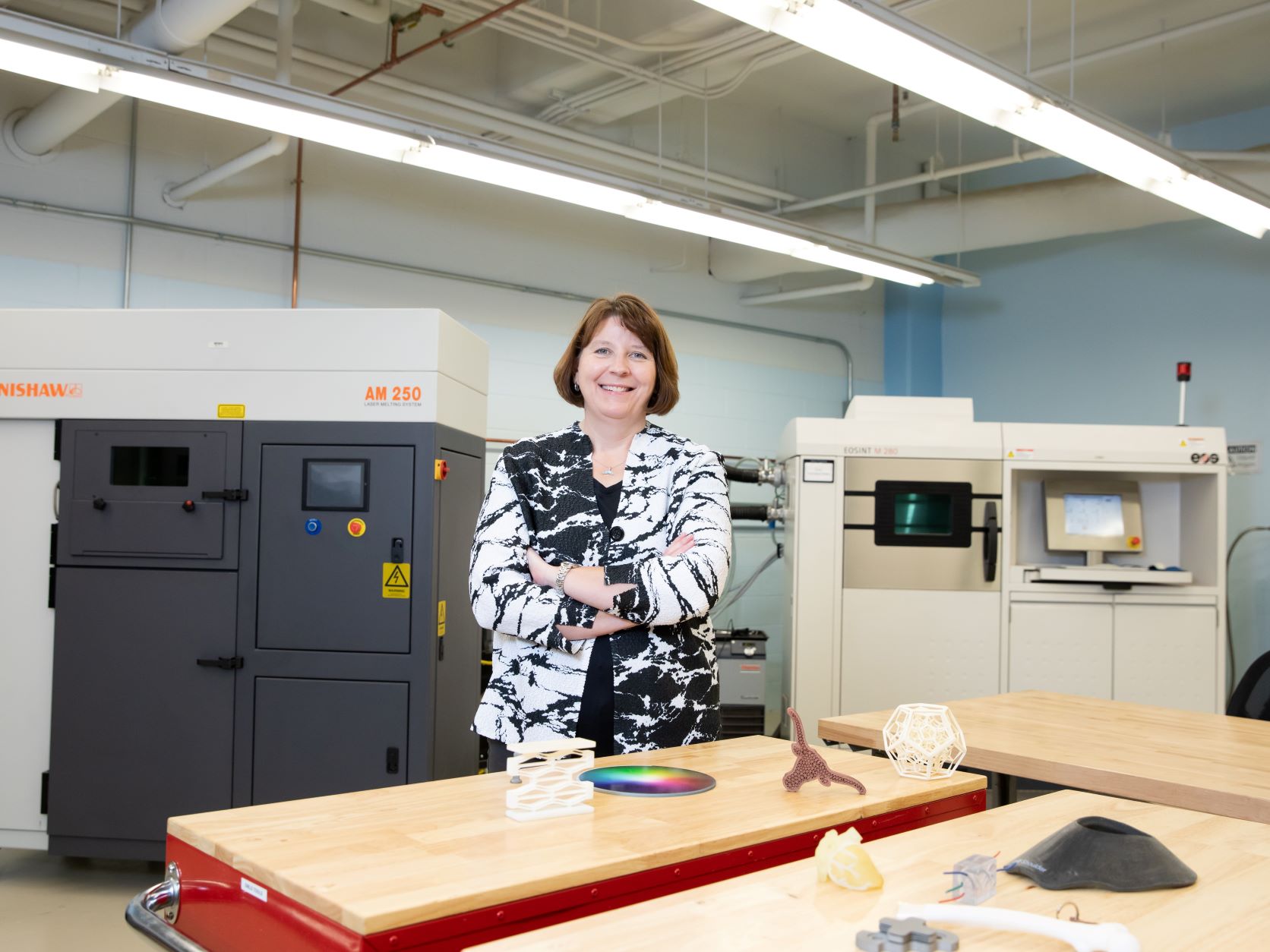
Customized medical devices represent an intriguing application of additive manufacturing technology, also known as 3D printing. However, the capabilities to design and print the smart, flexible materials this type of equipment requires remains lacking.
Researchers from The University of Texas at Austin and Penn State University just got a grant to change that. The $2 million grant from the National Science Foundation's LEAP-HI program will pave the way for the researchers to tackle the challenge of designing and 3D printing smart devices using multiple materials.
-
Surgical Standard for Skin Cancer Removal, Re-Imagined
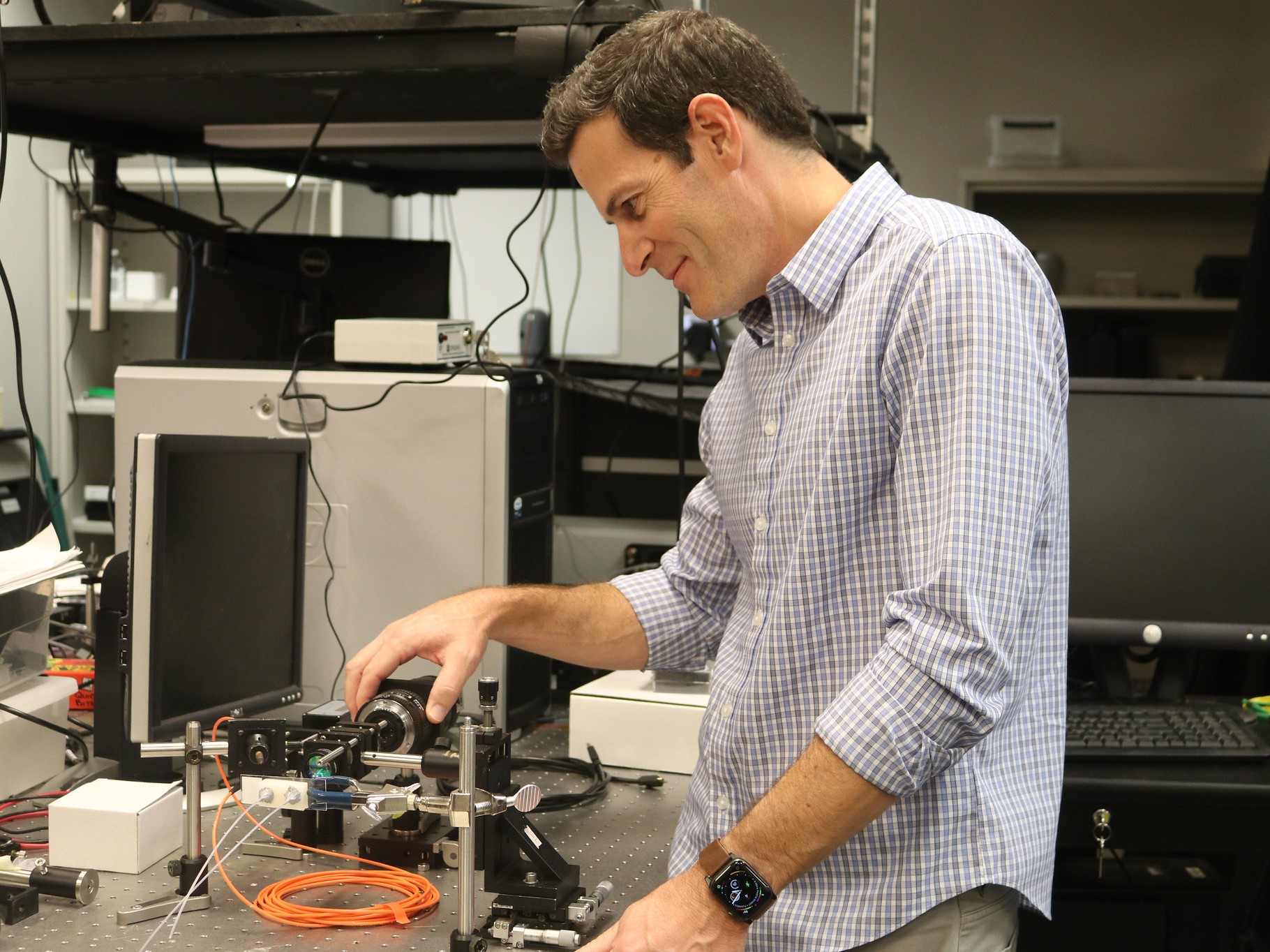
The gold standard for removing benign skin cancers has been around since the 1930s. Although very accurate, it requires a full laboratory next door to the procedure room to determine whether the full tumor has been removed or not. A research group at The University of Texas at Austin is aiming to make that process more efficient and potentially expand access to this type of surgery to a broader population.
-
New Nanoscale 3D Printing Technique Could Solve Vexing Bottlenecks in High-Throughput Nanomanufacturing
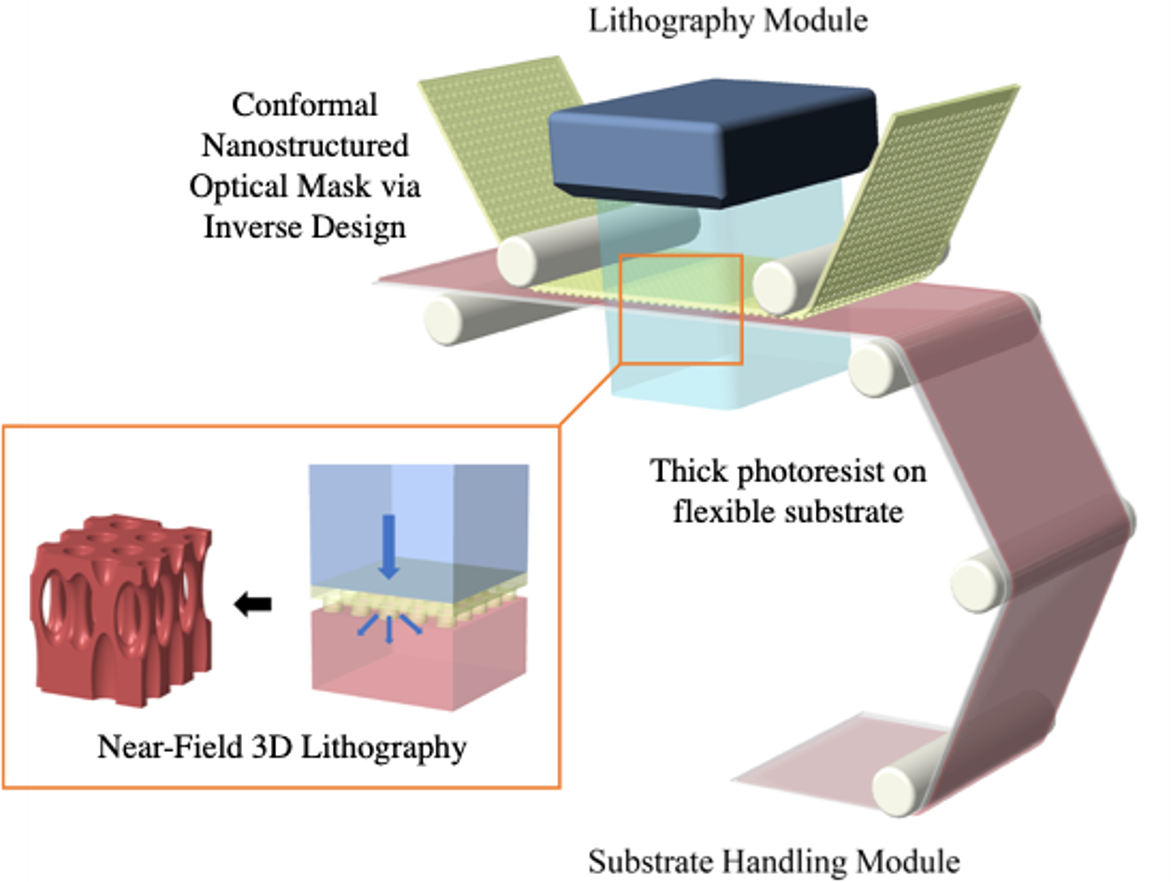
The University of Texas at Austin has a rich history in 3D printing, inventing one of the first forms of the technology, and now Texas Engineers have received a grant to tackle some of its most glaring problems.
In 3D printing, there is a tradeoff between the precision needed to create the object (resolution) and the speed and scale at which the object can be made (throughput). This is especially true at the nanoscale, where it is practically infeasible to make any kind of complex structure with multiple types of materials or patterns at a high rate.
-
Can Robots and Humans Co-exist in Public? UT Campus Study Will Offer Answers
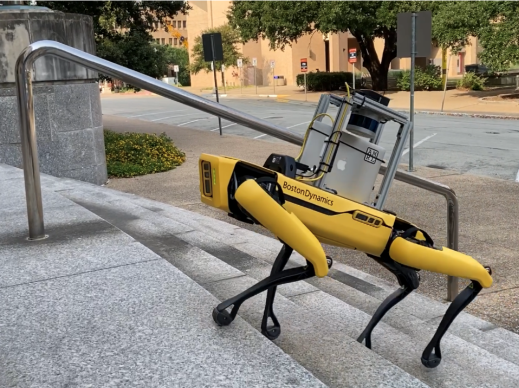
Autonomous robots will soon rove the buildings and streets of The University of Texas at Austin campus. But unlike other commercial delivery services, this fleet of robots will help researchers understand and improve the experience of pedestrians who encounter them.







